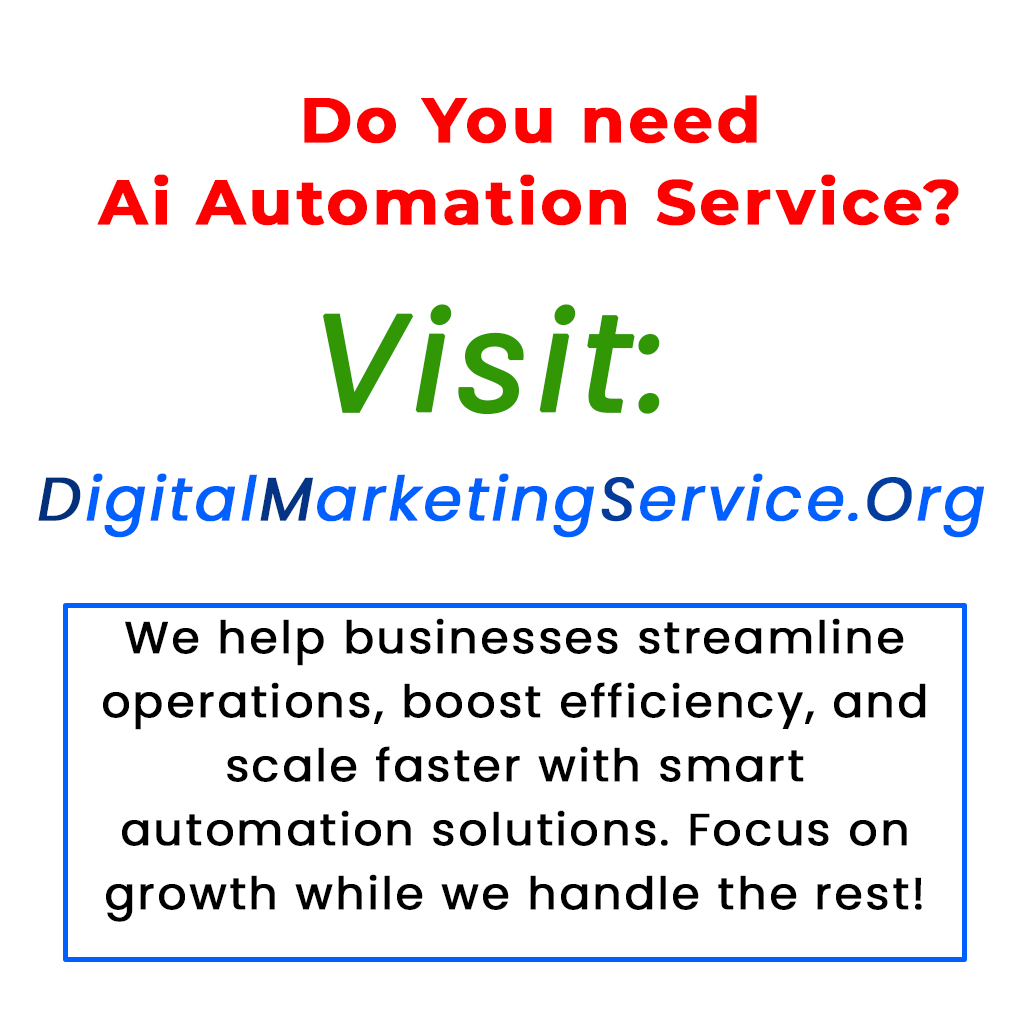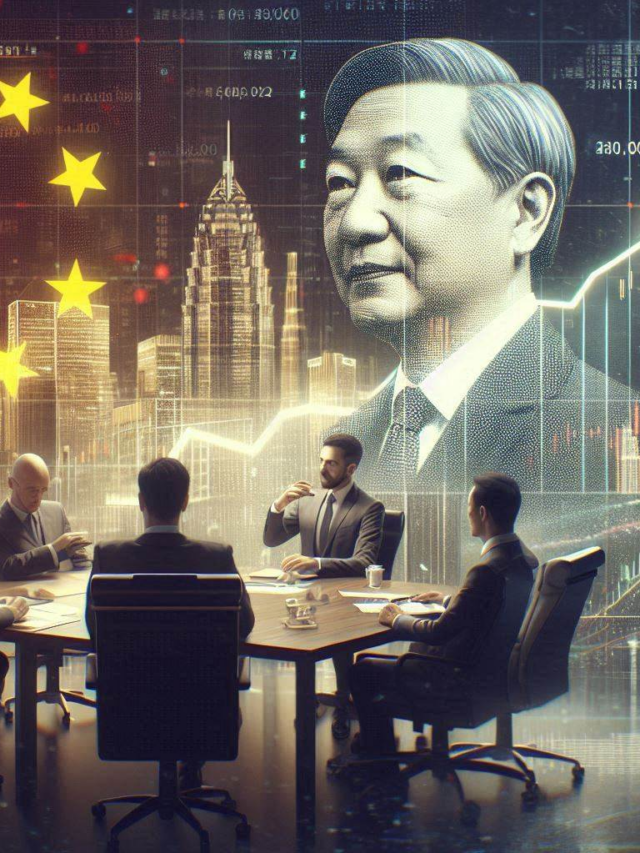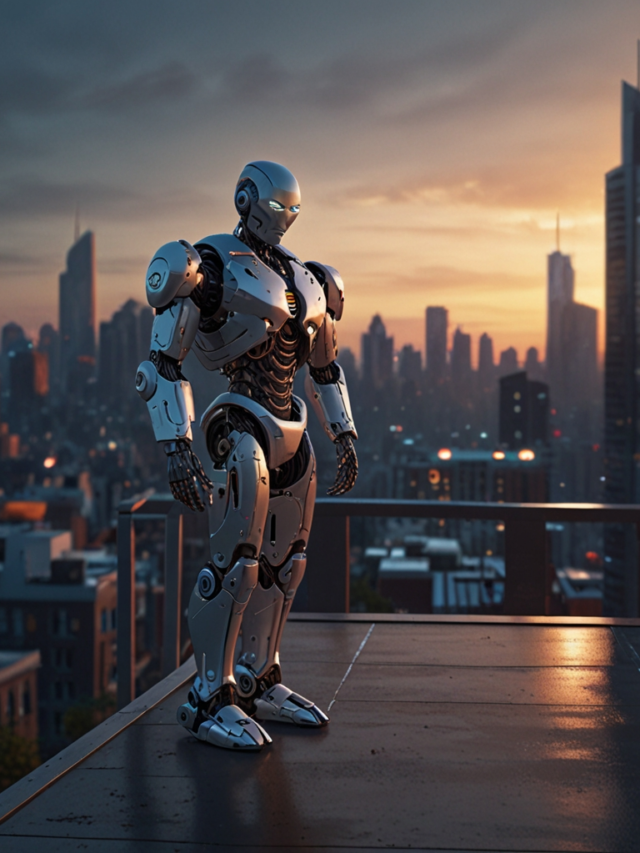This week, the Model Context Protocol (MCP) has become a key topic in AI integration discussions, likened to the “USB-C for AI.” Introduced by Anthropic in late 2024, MCP is an open standard that simplifies connections between AI systems and various tools, allowing for rapid adoption—over 1,000 community-built connectors as of early 2025. Major companies like OpenAI and Google have embraced MCP, fostering cooperation in a field often marked by competition. The architecture is user-friendly, enabling secure communication between applications and servers. As MCP expands, it promises to revolutionize how AI interacts with enterprise systems, creating more agile and efficient AI solutions. Companies adopting MCP early will likely gain a competitive edge in leveraging advanced AI capabilities.
This week, the spotlight is on the Model Context Protocol (MCP), hailed as the game-changing standard for integrating artificial intelligence into businesses. Significant advancements from leading tech companies, innovative breakthroughs in multi-agent systems, and rapid ecosystem growth have brought MCP to the forefront of discussions in enterprise AI. What many are calling the “USB-C for AI” moment is quickly transitioning from an idea to a practical solution, and its impact is already being felt.
The Emergence of MCP
Back in late 2024, Anthropic introduced the Model Context Protocol, designed as an open standard to facilitate seamless connections between large language models and a variety of external data sources, tools, and environments. Instead of developing custom solutions for every AI assistant and tool, MCP provides a single standardized protocol. This simplifies the integration process, similar to how USB-C revolutionized device connections.
What’s particularly impressive is the pace of MCP’s adoption. By early 2025, the initially niche concept rapidly expanded into a thriving ecosystem with over 1,000 community-built connectors. Key players like OpenAI and Google quickly recognized MCP as the leading standard, contributing to a rare moment of unity in the tech industry.
Key Components of MCP
MCP operates on a straightforward client-server model familiar to developers. Various applications—whether chatbots, software applications, or AI-powered tools—connect with multiple MCP servers, each offering access to different tools and data sources. Secure communication happens through channels using Server-Sent Events (SSE), allowing everything from simple file access to complex multi-agent cooperation.
Major Players Driving Innovation
MCP’s popularity has surged, attracting support from global tech giants and diverse open-source projects. Noteworthy developments include:
-
Anthropic’s Foundation: They kickstarted MCP as an open community standard, showing commitment through comprehensive specifications and SDKs in popular programming languages.
-
OpenAI’s Validation: Sam Altman of OpenAI publicly endorsed MCP, enabling a shared tool pool between ChatGPT and Claude, significantly broadening the ecosystem.
-
Google’s Enterprise Approach: Google’s Vertex AI supports MCP through their Agent Development Kit, enhancing agent-to-tool and agent-to-agent interactions—this positions Google as a collaborator across various industries.
- Microsoft’s Integration: Microsoft has seamlessly woven MCP into their tools, partnering with Anthropic to release an official C# SDK, thus enabling AI systems to operate in development environments efficiently.
Beyond Big Tech: The Expanding Ecosystem
While major companies lay the groundwork, several innovative projects are pushing MCP’s boundaries further:
-
Spring AI MCP: VMware’s Spring Framework now supports Java developers with MCP, enabling integration with traditional enterprise software.
-
Composio: This platform acts as a hub, providing over 250 ready-to-use MCP connectors, simplifying how developers connect AI agents to various services.
-
CAMEL-AI’s OWL Framework: This multi-agent system illustrates how numerous specialized AI agents can seamlessly collaborate on complex tasks.
- Chotu Robo: An exciting project where a physical robot is controlled by Claude AI through MCP, showcasing the protocol’s versatility in connecting cloud AI services to real-world devices.
Looking Ahead: Questions and Opportunities
As MCP’s adoption accelerates, questions about security, tool discovery, multi-agent orchestration, and business models arise. How will enterprises manage permissions as AI agents access sensitive systems? With numerous MCP servers available, how will agents choose the most suitable tools?
For businesses, the message is clear: adopting MCP is becoming crucial for integrating AI systems. Early adopters will potentially gain a significant advantage, positioning themselves to leverage sophisticated AI agents effectively.
In conclusion, the Model Context Protocol is set to redefine how AI interacts with business systems, fostering an environment where innovative applications could thrive across various industries. Embracing MCP now may lead to transformative opportunities in the near future.
Primary Keyword: Model Context Protocol
Secondary Keywords: AI integration, enterprise AI, multi-agent systems
What is USB-C for AI?
USB-C for AI refers to using USB-C connections to enhance the integration of artificial intelligence into devices. This technology simplifies how AI systems communicate, improving speed and efficiency in processing data.
Why is USB-C important for AI integration?
Using USB-C is important because it allows faster data transfer and better power delivery. This means that AI devices can run smoothly and process more information quickly, which is essential for applications like machine learning and real-time data analysis.
How does USB-C improve device compatibility for AI?
USB-C connectors are versatile and widely used in many devices today. This compatibility ensures that different AI systems can easily connect and share information, making it simpler to develop and implement AI solutions across various platforms.
What advancements can we expect from USB-C in AI technologies by 2025?
By 2025, we can expect USB-C to support even faster speeds and more efficient power usage. This will likely lead to improved AI applications in fields like healthcare, automotive, and smart cities, making them more responsive and effective.
Are there any drawbacks to using USB-C for AI?
While USB-C offers many benefits, there may be challenges such as the need for new hardware investments and ensuring software compatibility. However, the overall advantages generally outweigh these concerns as technology continues to evolve.





